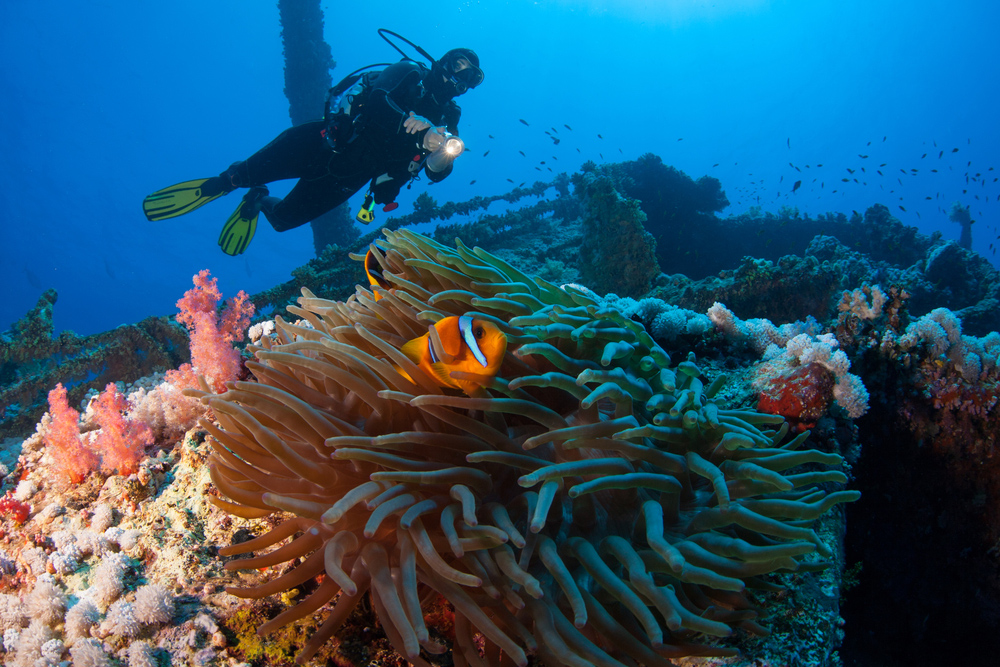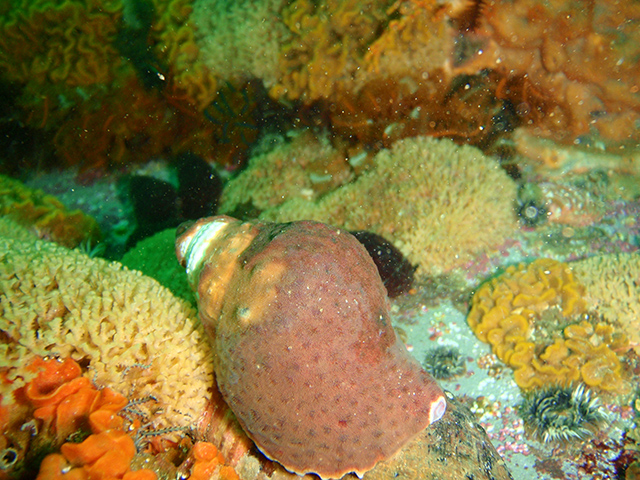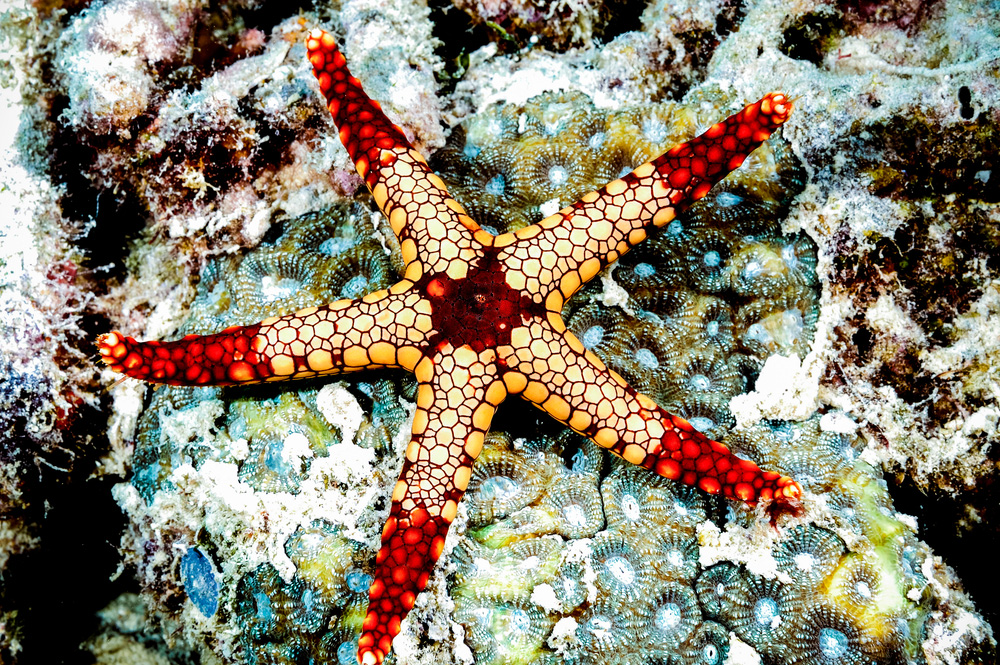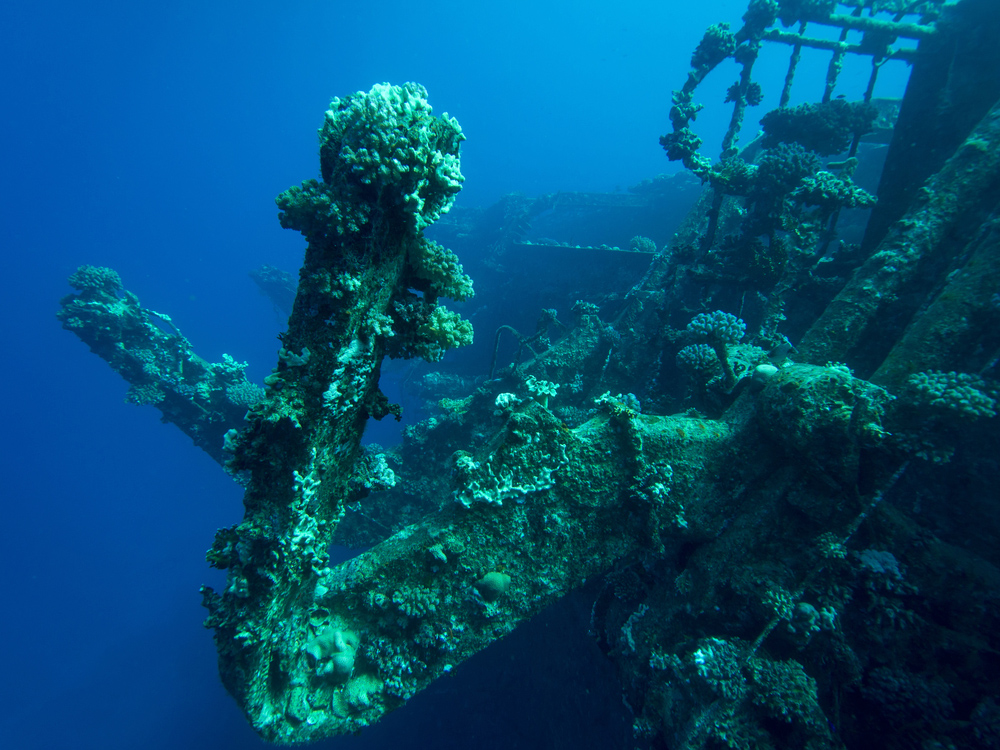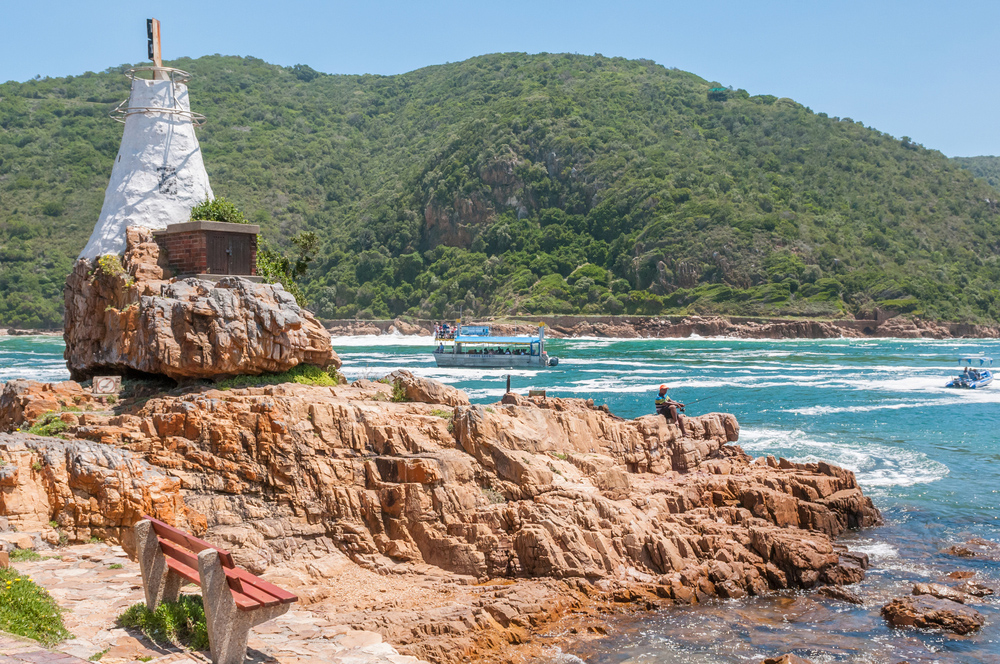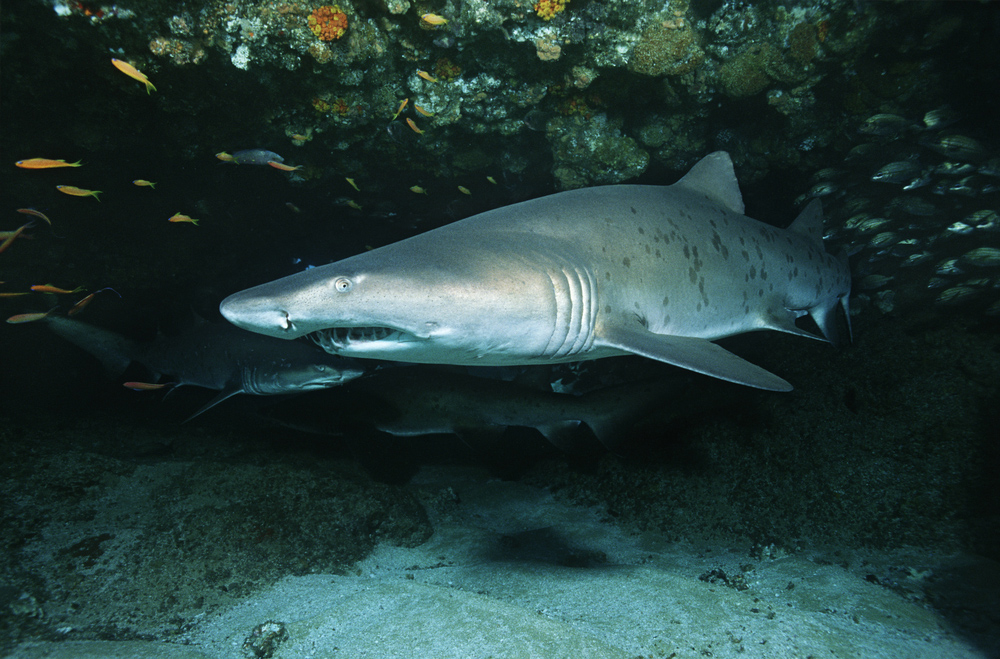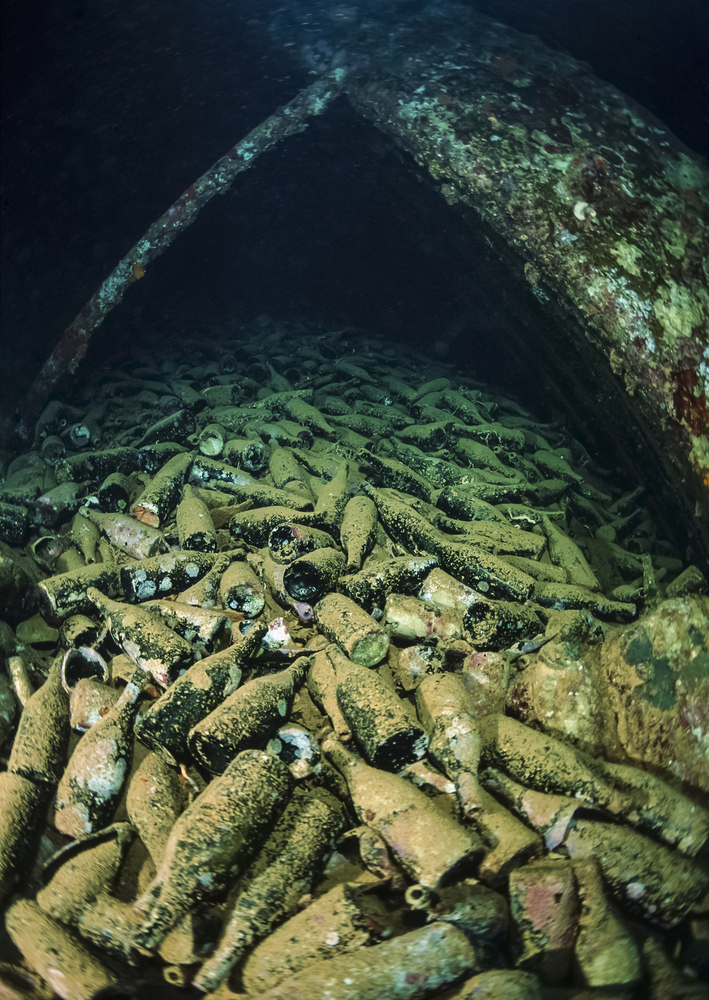Sailors have navigated their away around the coast of Africa for centuries, but many of them weren’t so lucky and ended up at the bottom of the sea. These valiant attempts at seafaring may have not ended well for ancient mariners, but have left modern-day divers with hundreds of fascinating shipwrecks to explore. Here are just some of the best wreck dives in Africa.
Numidia, Red Sea, Egypt
The Numidia was a British freighter that wrecked in the Red Sea in 1901. It carried 97 crew members and over 7,000 tons of materials. It’s now located on a plateau of Big Brother Island that is accessible from 10 to 85 meters down, due to the ships long length. Over the last century, the shipwreck has been covered in soft corals and is a great place to spot sea creatures.
Djabeda, Mauritius
Located in the tropical waters of Mauritius, you’ll find a Japanese fishing boat that sunk in 1998. It’s quite large at almost 45 meters and easily navigable due to being located on a flat bottom. Because of the clear waters in the area, it’s pretty easy to see sea life such as eel, scorpion fish, dolphin and fantastic coral.
SAS Pietermaritzburg, Cape Peninsula, South Africa
While it didn’t get there in an actual wreck, the SAS Pietermaritzburg was sunk by explosive charges off the Cape Peninsula to create an artificial reef. Before it was at the bottom of the ocean, it was used as a training vessel and a minesweeper. It’s a great place to go diving and explore colorful sea life. It’s also easy to get to — located less than a kilometer from Miller’s Point.
SS Thistlegorm, Sharm El Sheikh, Egypt
The SS Thistlegorm is one of the most popular dive sites for people visiting Sharm El Sheikh in the Red Sea. The ship exploded in 1941 and was found by Jacques Cousteau in the 1950s and then featured on the documentary series “The Silent World.” The dive is unusual due to the numerous motorcycles and cars found on the ship.
SS Paraportiani, Zanzibar
The SS Paraportiani is a 100 meter long vessel that sunk off the coast in just 20 meters of water. It’s one of the easier dives in Africa to access and is located just off the Panza Reef near the southern tip of Pemba Island. Divers can expect to find plenty of colorful starfish as well as tropical fish in the area.
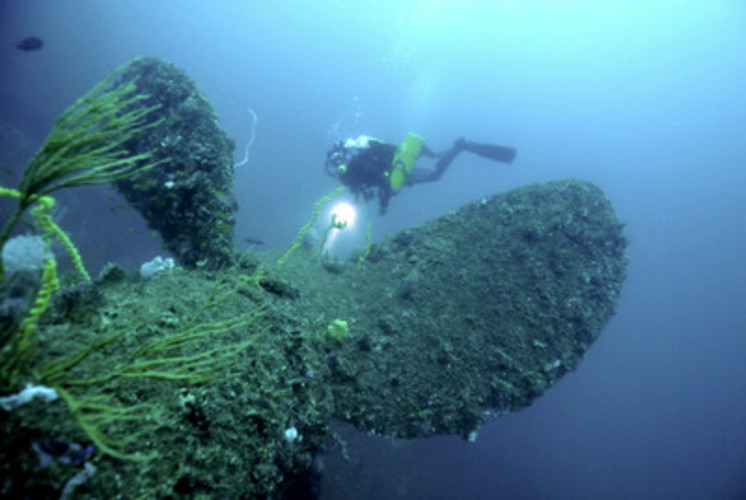
Courtesy of mozsensations.com
The Klipfontein, Mozambique
For a stunning deep dive with artificial reefs, divers in the know often head to the Klipfontein off the coast of Mozambique. The 160 meter long ship was split in half after hitting a reef in the area in 1953 and hasn’t moved since.
Salem Express, Red Sea, Egypt
The Salem Express took quite a toll when it sunk in 1991, killing 470 people on board. It was one of the worst shipwrecks in the history of the Red Sea. Today, you can still find remains of passenger’s stuff on board. Diving the site is considered somewhat controversial and you should always respect the remains of the dead.
Paquita, Knysna, South Africa
The Paquita was a 460 ton German ship that sank near Knysna in 1903 and is now accessible to divers in the area. It’s located 16 meters below the surface where divers often have visibility of up to 10 meters. You’ll find plenty of sea life in the area, just be wary of the sharks.
The Produce, Durban, South Africa
The produce had a relatively short life and wrecked off the Aliwal Shoal in the 1970s. Rumor has it that the cargo was carrying molasses, though nobody knows if it actually slowed the ship down. The dive is one of the best in the area and is home to quite a bit of marine life, including giant brindle bass and blacktip shark.
The Umbria, Sudan
The Umbria served in World War II and was secretly loaded with bombs, wine bottles and Fiat cars. After crossing through the Suez canal, it was found by the British and sent to the bottom of the sea. It’s now known as one of the best dives in the world and still has over 5,000 tons of bombs inside — be careful not to touch anything. Oh, and there are a few clown fish, snappers, and barracudas that like to call the site home, too.
More from AFKTravel:
Why You Need To Go Scuba Diving In Reunion Island
What You Should Know Before Going Shark Cage Diving In South Africa
The Essentials Of Scuba Diving Near Cape Town
This article was originally published on May 19, 2015.
Want to discover the finer side of Africa? Sign up for our weekly newsletter.
